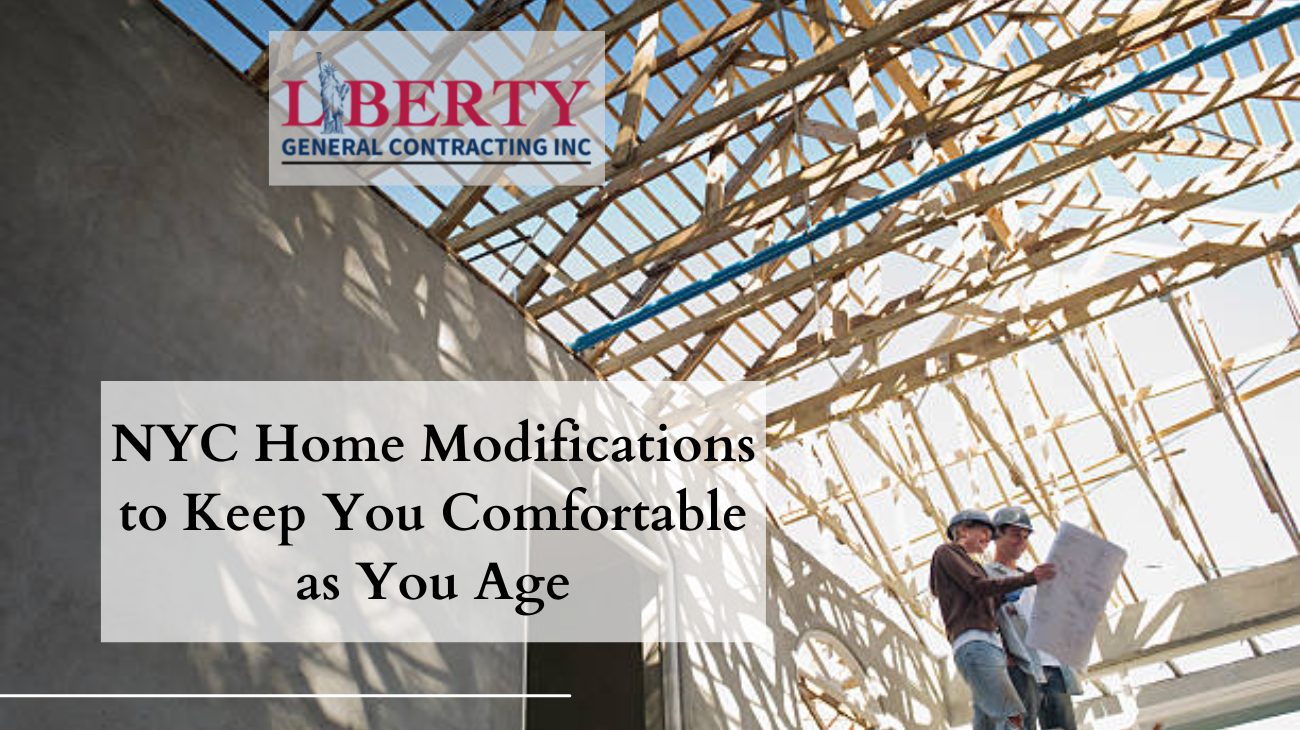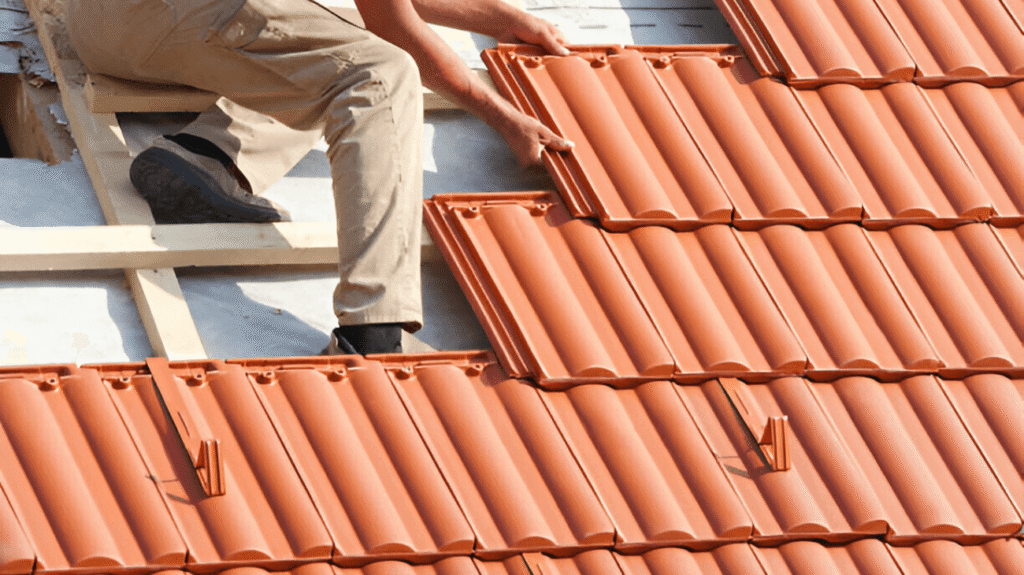NYC home modifications are essential for aging homeowners who want to stay in their homes safely and comfortably. With the right upgrades, you can enhance mobility, improve daily functionality, and maintain independence well into your golden years. At Liberty General Contracting, we specialize in thoughtful aging-in-place renovations tailored to New York City apartments, brownstones, and single-family homes.
Table of Contents
Why Aging-in-Place Design Matters

Many seniors in NYC choose to stay in their homes rather than move into assisted living. And it makes sense—your home is full of memories. But without proper NYC home modifications, everyday tasks can become risky and exhausting.
According to the U.S. Census Bureau, by 2030, 1 in 5 Americans will be 65 or older. Unfortunately, most homes were not built for aging in place. That’s where smart home modifications come in.
Safe and Accessible Entryways
One of the first NYC home modifications to consider is your entryway. Stairs, narrow doors, and heavy doors can become major obstacles.
Wider doorways also help if you ever need a walker or wheelchair. Think about lever-style doorknobs instead of round ones—they’re easier to grip, especially with arthritis.
I once visited an elderly neighbor who struggled with her heavy front door. A simple automatic door opener changed everything. It’s small adjustments like these that keep you independent.
Flooring That Prevents Falls
Many NYC homes have beautiful hardwood or tile flooring, but these surfaces can be slippery and dangerous. Essential flooring-related NYC home modifications include:
- Non-slip vinyl or rubber flooring
- Cork floors for soft, secure footing
- Removing or securing area rugs
Falls are one of the top causes of injuries among seniors. Upgrading your floors can prevent them.
Kitchen Upgrades for Easy Use
Cooking should stay enjoyable, not stressful. Lower countertops help if you need to sit while prepping meals. Pull-out shelves make reaching for pots and pans effortless.
Touchless faucets? A game-changer. They reduce strain on hands and improve hygiene. And installing a stovetop with automatic shutoff prevents fire hazards—a common concern for older adults.
Bathroom Safety: The Must-Have Upgrades
Did you know that 80% of falls at home happen in the bathroom? Slippery floors and hard surfaces make it a danger zone.
Here’s what helps:
- Walk-in showers with grab bars
- Raised toilet seats for comfort
- Anti-slip mats to prevent falls
When my uncle installed a walk-in tub, he stopped worrying about slipping. It made bathing easier and restored his confidence.
Lighting: See Clearly, Move Safely
Poor lighting makes falls more likely. As we age, we need brighter spaces. Add motion-sensor lights in hallways and staircases to prevent nighttime accidents.
Another great idea? Under-cabinet lighting in the kitchen. It eliminates shadows and makes food prep easier. I upgraded my parent’s home with brighter LED lights, and they instantly noticed the difference.
Smart Tech for Safer Living
NYC home modifications aren’t just physical. Smart technology can enhance daily life for aging residents:
- Voice-controlled assistants (like Alexa or Google Home)
- Smart thermostats
- Medical alert systems
- Smart locks and video doorbells
These tools provide convenience and peace of mind for seniors and caregivers alike.
Comparing Aging-in-Place Design vs. Assisted Living
Many people wonder: Should I modify my home or move to assisted living? Let’s compare.
| Feature | Aging-in-Place | Assisted Living |
|---|---|---|
| Cost | One-time home upgrades | Monthly fees ($4,500+ per month) |
| Independence | Stay in your own home | More structured environment |
| Comfort | Familiar space | New surroundings |
| Customization | Personalized modifications | Standard facilities |
For many, aging-in-place is the best option. It’s more affordable and lets you stay where you feel most comfortable.
Plan Your Modifications Before You Need Them
Don’t wait for a fall or health scare to start thinking about aging-in-place solutions. Proactive NYC home modifications will make the transition into your later years smoother and less stressful.
Even small NYC apartments can be adapted. Start simple—add a grab bar, install brighter lights, or change doorknobs.
Explore our full list of home renovation services in NYC to see how we can help.
Final Thoughts
NYC home modifications aren’t just about accessibility—they’re about living with dignity and independence. From safer flooring to smarter kitchens, every small upgrade helps you feel more confident in your home.
So, what will you improve first? Contact Liberty General Contracting for personalized advice on aging-in-place renovations.
Contact Us:
📞 Phone: +1 347 682 9840
📧 Mail: info@libertygcny.com
📍 Address: 251 N Regent St, Port Chester, NY 10573, United States


